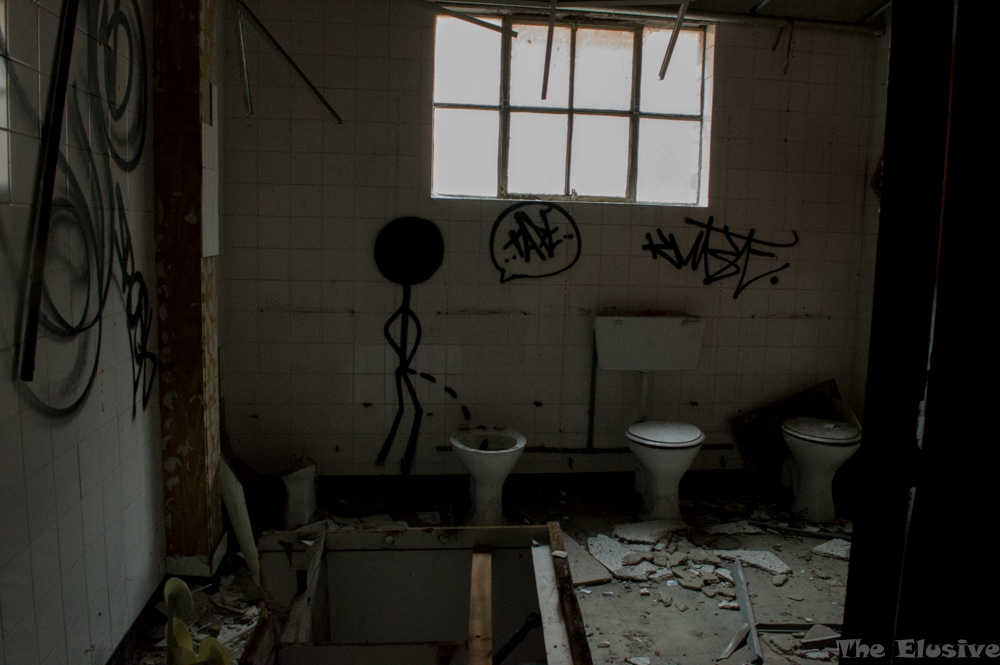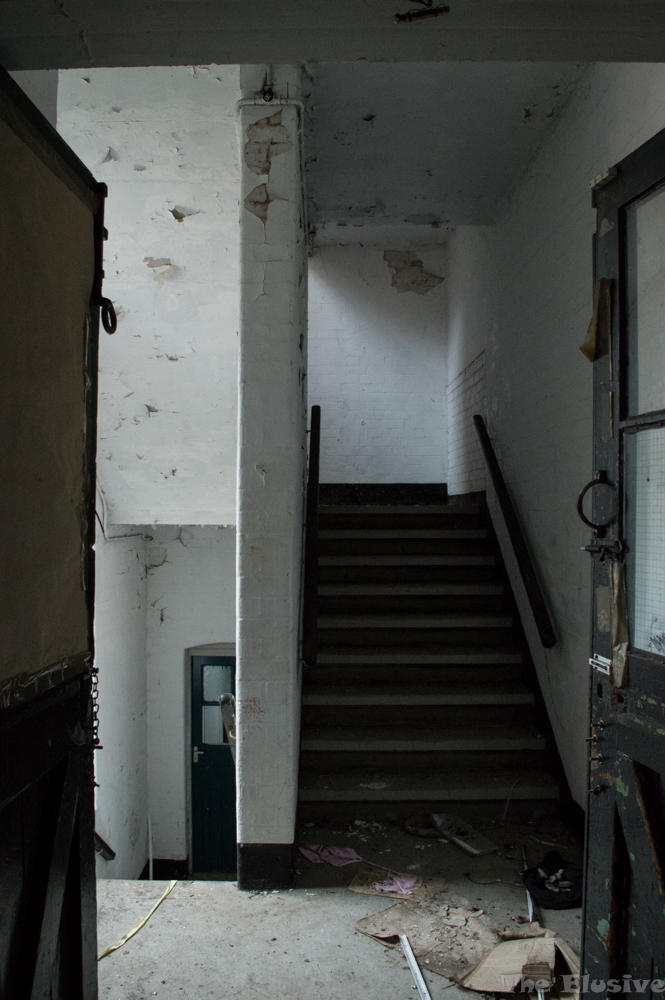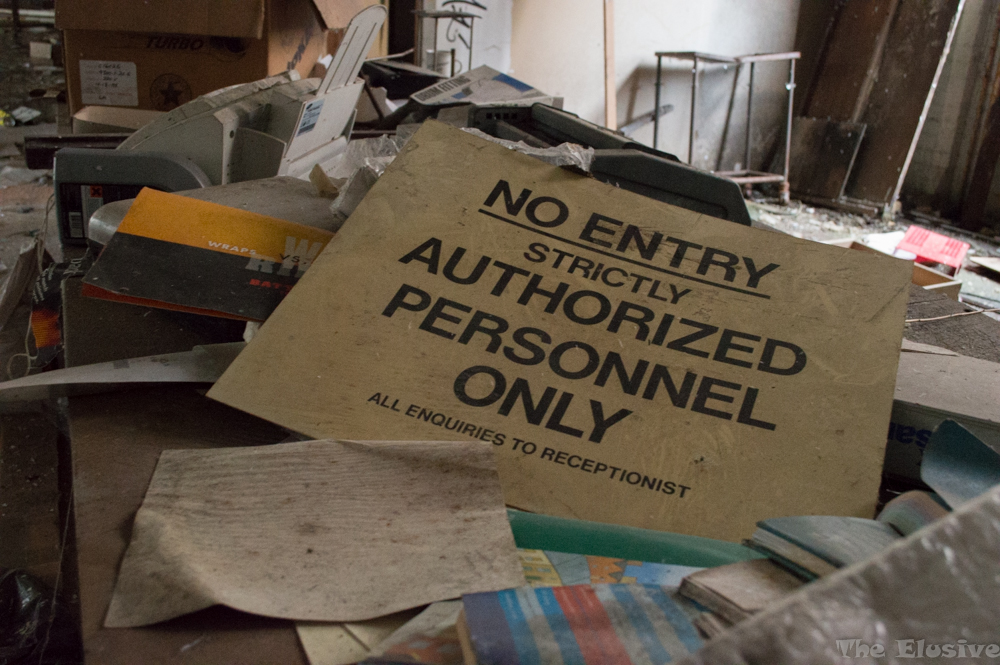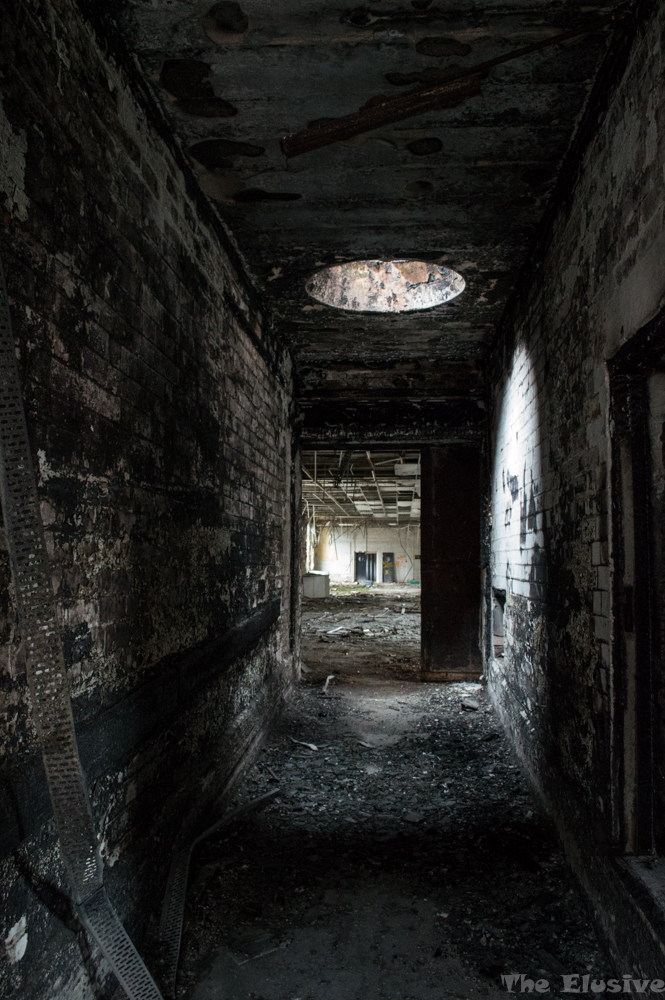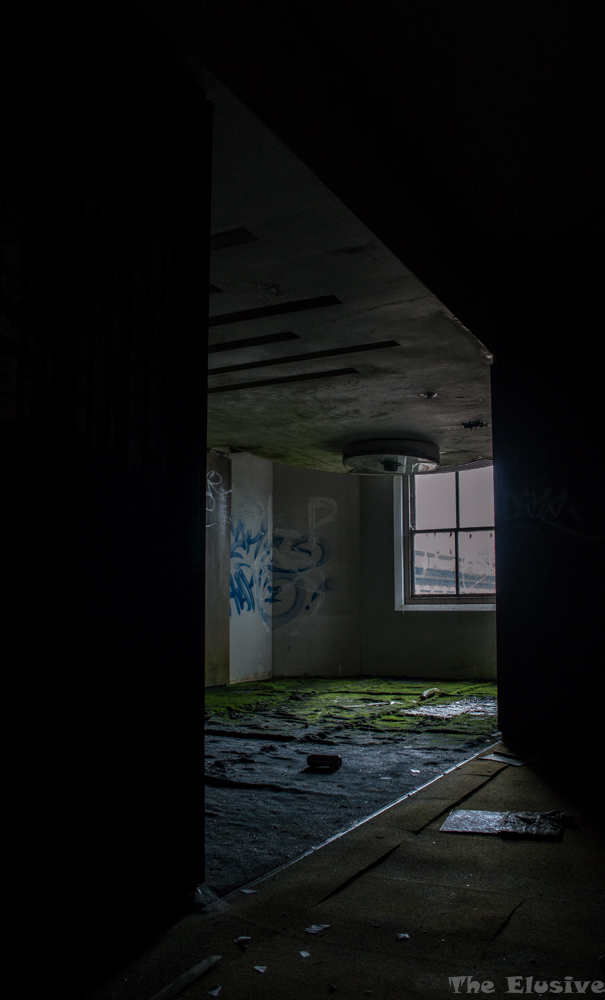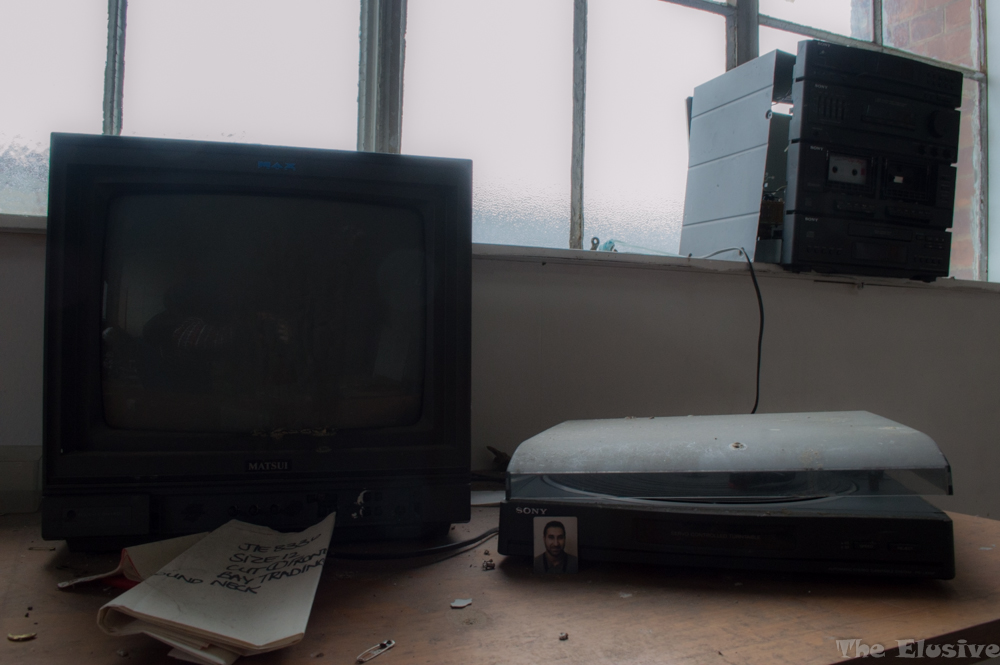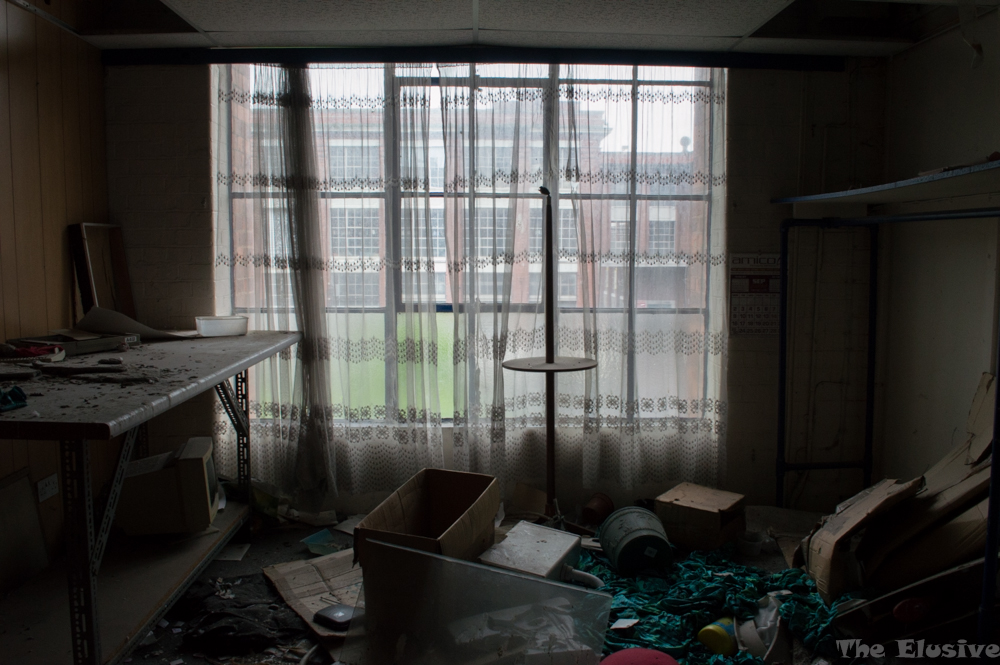This place has been derelict a while, rife with graffiti and evidence of squatter this place is a very busy for somewhere closed for so long!
The company was founded by Nathaniel Corah at the Globe Inn, Silver Street, in Leicester – a building which still survives, and which at that time was closely associated with the city’s stockingers. Corah’s business model was to buy completed stockings in Leicester, and to sell them elsewhere at a profit. The majority of Corah’s sales were in Birmingham, and he maintained a stock room in another public house there. The business soon grew, and its own premises on Union Street in Leicester were purchased in 1824. The company remained at these premises until 1845. In 1830, Corah’s three sons – John, Thomas and William – were taken into partnership. The name of the firm became Nathaniel Corah & Sons.
St Margaret’s Works
In 1855, Thomas Corah & Sons had 2000 knitting frames, making it one of the largest hosiery firms in the country. By 1865, its premises on Granby Street had become too small, and so the company decided to relocate to a location close to the River Soar and the Great Central Railway. A site north of the city centre was chosen, in the parish of St Margaret. The initial plans devised a scheme for the construction of premises on an immense scale: the main warehouses was 160 feet long and 50 feet wide. The rear was an even larger building, the factory, the dimensions of which were 294 by 80 feet. The 140-foot chimney was attached to the factory. The works were driven by a large steam powered beam engine, which was started for the first time on 13 July 1865.
By this time the firm had expanded its product range beyond hosiery. In the 1870s, for instance, it began producing football and rugby jerseys, in addition to a range of men and women’s garments.
The St Margaret’s Works were a major employer in the city of Leicester. Corah had over a thousand employees in 1900, many of whom were female. The size of the company was such that 330 male employees participated in the First World War. Forty were killed. At the same time, 70 per cent of Corah’s output went to the war effort. The Second World War also had an important effect on Corah – it took away the firm’s female workers, which led to a skills shortage once peace had resumed. This led the company to introduce specialist training for the first time in the post-war era.
Workers at Corah had many opportunities to participate in the wider social life of the factory. The Corah works maintained several competitive sports teams, and working at the factory was – according to those who worked there – to be part of a close-knit community in which birthdays and other important occasions were celebrated. The British Legion also maintained its own branch at the Corah works in the post-war period.
Into the 1960s, Corah’s employed over 6,000 workers, making it one of the largest factories in the city. But the uk hosiery industry fell into severe difficulties following the recessions of the 1970s and 1980s. Corah’s and its competitors were faced with changing tastes and foreign competition. It had to borrow to reinvest at the same time as having to keep prices low – and, in the inflationary 1970s – pay their workers more.
Corah lost its last link with the founding family in 1989 and in the same year it was sold to Australian corporate raider Charterhall and was broken up shortly afterwards after Charterhall crashed to a huge loss. By the 1990s the factory had closed.
Today parts of the monumental factory are still used by small scale hosiery manufacture. But much of the site is now derelict and the boiler house chimney has been demolished. It is not a listed building. Its iconic nature and it relative openness to casual visitors has meant it has become a favourite of so-called Urban Explorers.
